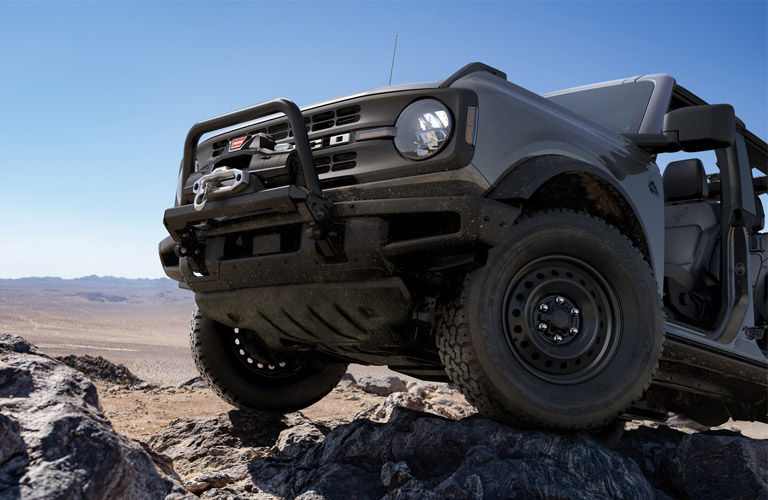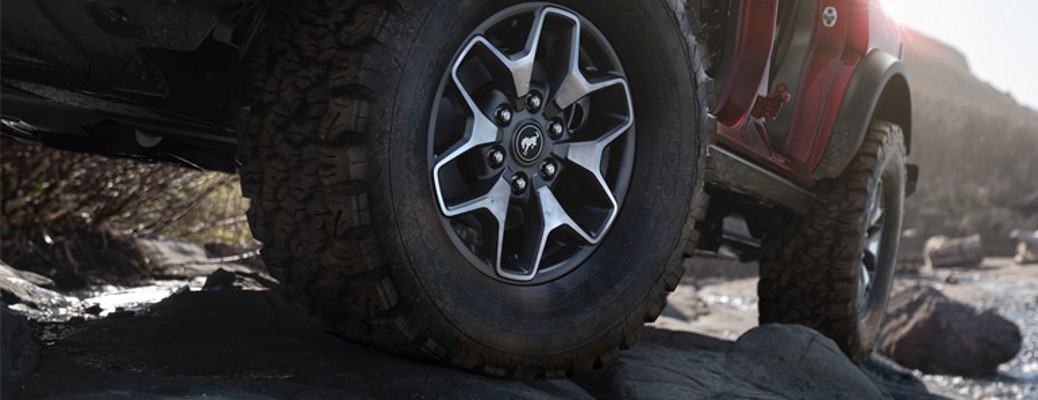Discount tire shop with summer, winter, and all-season tires
Sherwood Ford offers a discount tire shop for drivers in the Edmonton area. Below, you can learn more about our discount tires, tire performance, and tire maintenance with us. We can help you find any variety of tires including summer, winter, all-season, performance, and terrain tires.
Where can I get vehicle tires on short notice?
Do you need new tires today? At the Sherwood Ford tire shop, you can find new tires, see the price on display, and go home with them the same day. We have tires available in stock now, so you don’t’ have to wait for orders to come in.
What are the five main categories of tires?
We offer tires from all of your favorite tire brands, and every tire fits into a broader category that helps you find what you need. The type of tire your car needs will depend on where you live, the time of year, and the type of roads you drive on. Here’s what you need to know about each type of tire.
- Summer tires: Summer tires hold up well in high heat, humidity, and rain. They’re also good for dry conditions. As the name suggests, you should only be using summer tires in summer.
- Winter tires: Winter tires are the standard for the winter months, as you may have guessed. They do well in cold weather and have more traction on snow and ice than other tire types. In our area, you should always switch to winter tires around the first snowfall.
- All-season tires: All-season tires are tires that fall somewhere between summer and winter tires in their structure and design. They do best in mild climates where the weather never gets super hot or super cold. Some people use them year-round, but around here, you should use winter tires in the winter.
- Performance tires: Performance tires enhance your driving experience. They can improve cornering and stopping. If you want your vehicle to be more responsive, performance tires are your best option.
- Terrain tires: Terrain tires, also called all-terrain tires, are reliable, high-traction tires for driving off-road. If you often drive on dirt or gravel roads, you should choose terrain tires.



Frequently asked questions about vehicle tires and tire maintenance
| What happens when tires are underinflated or overinflated? |
Underinflated tires are less stable and get less traction. They are less safe because they can make braking take longer. Plus, they can make your car less fuel-efficient. Overinflated tires can wear more when their counterparts are not equally inflated. Very high inflations can cause tires to have less traction as well. |
| When do tires need to be replaced? |
Replace your tires every three to five years or when you notice heavy wear on your tires. |
| When do tires need to be balanced? |
Balance tires every 6 to 12 months or when you notice uneven wear on your tires. |
| How do tires affect gas mileage? |
The right tires will have good traction, which improves responsiveness and fuel efficiency. |
| What tires does my car need? |
Every vehicle is different. Read your owner’s manual or ask a member of our team for more information. Scroll up to learn about the five main tire categories. |
| Why do tires come in different patterns? |
The different tread patterns on tires have to do with how and when they should be used. For example, winter tires have a deeper tread depth because it improves traction in snow. |



